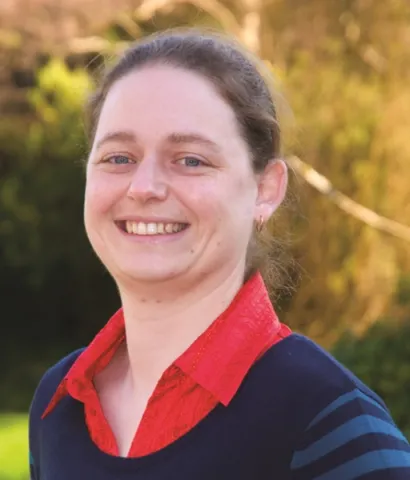Project overview
In semi-arid environments, plants and sand interact to form small dunes called nebkhas. Nebkhas form because bushes decrease the strength of the wind as it carries sand across the ground, forcing it to drop some of the sand and thereby creating mounds around the plants. The size and shape of the plants and underlying dunes influence the roughness of the surrounding area. This in turn will influence the wind pattern moving over the surface. Scientists have made significant progress in understanding how plants and dunes influence wind patterns, but little is known about the formation of the dunes themselves and the amount and position of sand that is deposited during wind storms. Recently, an instrument known as a terrestrial laser scanner (TLS) has been developed that can very accurately (+/- 2mm) and remotely measure the exact size and shape of the ground surface in a very short amount of time (just a few minutes). In the past, scientists needed to make manual measurements of the position of the sand, which was a slow process and disturbed the surface and associated wind pattern. The TLS is thus ideal for investigating the way in which sand is placed on the dune and relationships between different plant and dune sizes. The proposed project will use a TLS in conjunction with instruments that can capture the movements of the wind and sand to investigate how the dunes and vegetation influence sand deposition and erosion. This will help scientists improve their predictions of landscape change under various climate scenarios, as well as how vegetated dune systems might form and develop. This is important for land management in semi-arid environments, but moreover similar types of dunes are found on UK coastlines. These coastal dunes act as a buffer zone to protect us from coastal storms and understanding their formation and adaptation will help us predict how these vital parts of our environment may respond to stormy conditions.
Staff
Lead researchers
Research outputs
John A. Gillies, Joanna M. Nield & William G. Nickling,
2014, Aeolian Research, 12, 135-141
Type: article
